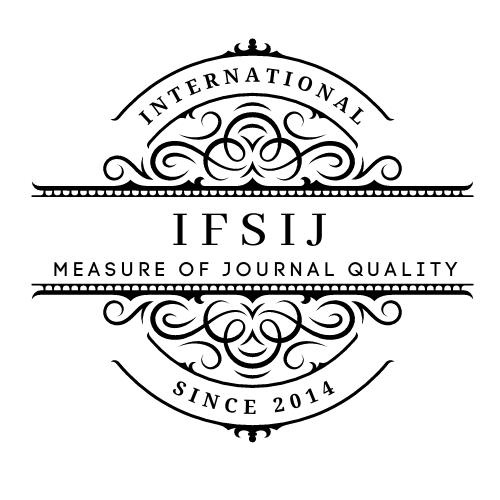INFLUENCE OF CONDITIONS FOR ALCOHOLYSIS OF SECONDARY POLYETHYLENE TEREPHTHALATE ON THE OUTPUT OF BIS(HYDROXYETHYL) TEREPHTHALATE
Keywords:
Secondary polyethylene terephthalate, ethylene glycol, bis(hydroxyethyl) terephthalate, alcoholysis, fraction, yield increase, productivity, physicochemical parameters.Abstract
This study presents the results of alcoholysis of secondary polyethylene terephthalate (PET) using ethylene glycol (EG). The main focus is to identify the optimal conditions for the formation of bis(hydroxyethyl) terephthalate (BHET), an important intermediate in PET production. The effects of alcoholysis duration, catalyst type, and catalyst amount on BHET yield were studied using a PET:EG molar ratio of 1:4. By varying the alcoholysis duration from 8 to 10 hours and adjusting the type and quantity of catalyst (zinc acetate and titanium tetrabutoxide), the BHET yield was increased from 64.4% to 70.1%. Key physicochemical parameters of BHET were obtained and found to be consistent with data from other researchers.
Downloads
Published
Issue
Section
License

This work is licensed under a Creative Commons Attribution-NonCommercial-NoDerivatives 4.0 International License.















